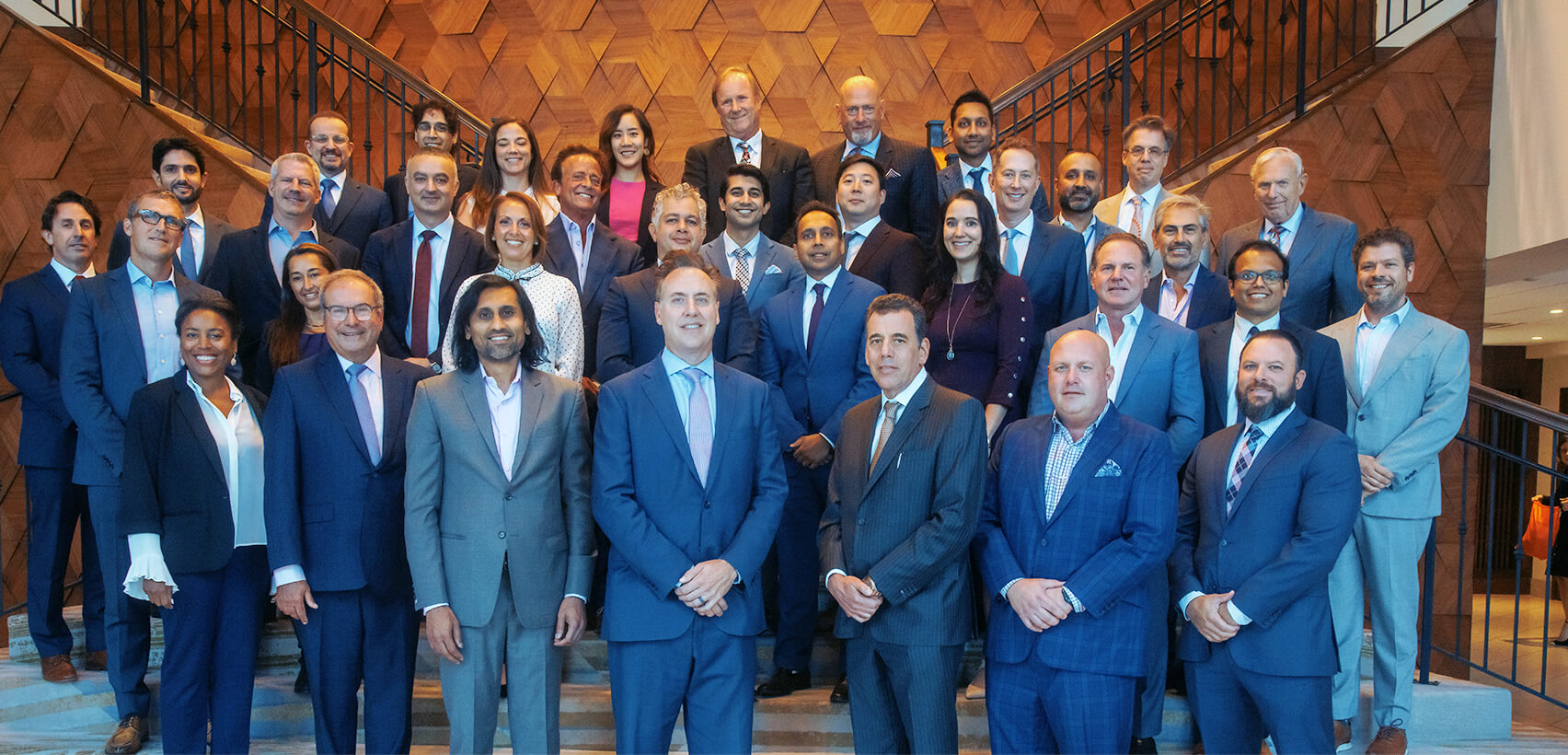Rhinoplasties: Fact Vs. Fiction
Debunking Common Myths about Rhinoplasties
Rhinoplasties, more commonly known as nose jobs, are one of the most common cosmetic surgery procedures. Our skilled surgeons can reduce or increase nostril size, change the shape of the nasal tip or bridge, as well as change the angle between the nose and upper lip. Rhinoplasty helps to increase a patient’s self-confidence and often improves the overall facial proportions.
When one begins researching rhinoplasties, they may come across several myths that cause confusion. We are here to break down what’s true and what’s false when it comes to one of the biggest plastic surgery requests.
Myth #1: Your nose will look “fake” if you get a rhinoplasty.
This myth has been around for as long as rhinoplasties have been performed. As decades have gone by, plastic surgery has drastically improved, and advanced techniques have led surgeons to create more natural looking rhinoplasties. In the past, many surgeons tended to produce a “ski slope” nose and led people to recognize a “fake nose”, but with a highly skilled plastic surgeon, there would be no indication that any work has been done.
Myth #2: If you get a nose job, you’ll have to get it redone in the future.
A rhinoplasty procedure should typically be a one-time surgery. The most experienced rhinoplasty surgeons generally have a low 3 to 5 percent revision rate. A well-done rhinoplasty will generally not need revision and there isn’t any upkeep if the surgery is done properly.
Myth #3: I can pick the nose shape I want or bring in a picture of a celebrity’s nose I like to show my surgeon.
This myth is something that many people believe to be true. In actuality, your surgeon will make recommendations to structure your nose so that it blends well with the rest of your facial features. Everyone is unique and it would be next to impossible to give a patient a “celebrity” nose. At your consultation, your surgeon will provide you with realistic results using our virtual imaging software.
Myth #4: Rhinoplasties are covered by insurance.
There are cases where rhinoplasties are partially or fully covered by insurance, for example if the patient has breathing problems, a recent nasal fracture, or a deviated septum. These are called functional rhinoplasty procedures. Alternatively, rhinoplasties performed solely for the purpose of improving nasal appearance are cosmetic in nature and paid for out-of-pocket. Often a cosmetic rhinoplasty is performed at the same time as a functional rhinoplasty procedure (e.g. a deviated septum with proper medical documentation).
Myth #5: Rhinoplasties can cause long-term breathing complications.
Current rhinoplasty techniques correct the shape of your nose without impacting nasal function. When a rhinoplasty or septoplasty is performed partially or completely for medical reasons, the procedure will in fact improve a patient’s ability to breathe. The only time a patient may experience trouble breathing through their nose is during the initial recovery period post-surgery.
Myth #6: It’s simple to just smooth the bump of your nose.
Many patients’ request for rhinoplasty may stem from their unhappiness with a bump in their nose. However, when correcting the nose, a plastic surgeon must study the overall shape of the nose and may need to adjust the tip as well when correcting the bump. Rhinoplasty is a complex and challenging surgery and the symmetry of the nose as well as each feature of the nose must be considered. Your surgeon will be able to identify and explain in detail the changes he or she recommends.
Myth #7: Rhinoplasties require a lengthy recovery time and you will bruise badly.
Although rhinoplasties can produce mild to moderate discomfort during recovery, the procedure has evolved to have a more manageable recovery time. During the first week, the patient may experience some bruising and will be required to wear a splint on both the inside and outside of their nose to protect the bones and cartilage. In addition, patients should avoid rigorous exercise for the first 2-3 weeks following surgery. Your plastic surgeon will go over a list of do’s and don’ts with you during your procedure and follow-up appointments.
Awards, Certificates, & Associations

